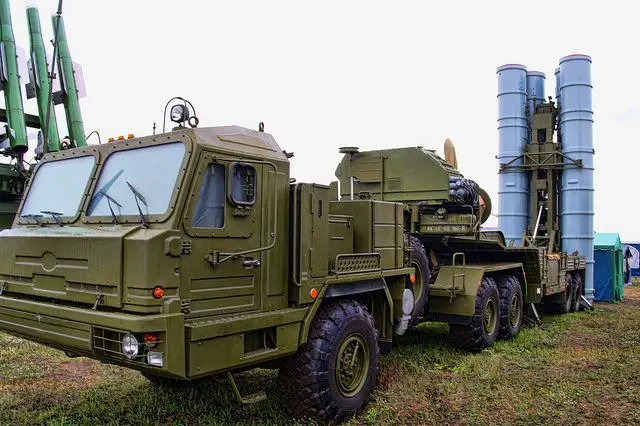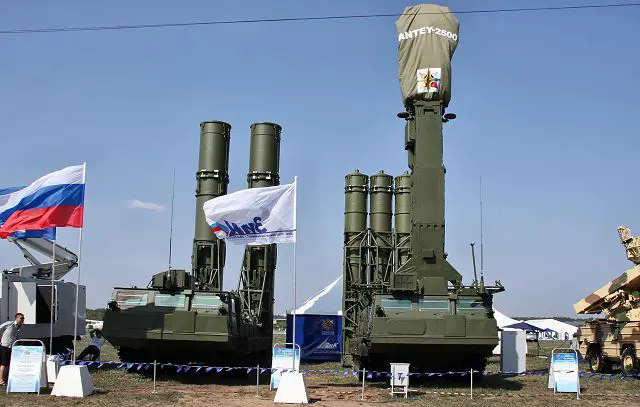|
|
|||
|
Defence & Security News - Iran
|
|||
|
|
|||
| Russia could deliver a more modernized version of air defense missile system than S-300 to Iran. | |||
|
Negotiations on delivery of a more modernized Russian air defense system than S-300 to Iran are close to a successful conclusion, a source in the Iranian Defense Ministry told Sputnik on Saturday, July 25, 2015. On Tuesday, a source in the Iranian Defense Ministry told Sputnik that the recent comprehensive nuclear agreement between the six world powers and Iran could allow Tehran to gain access to a more advanced air defense system than S-300.
|
|||
|
|
|||
 Russian-made air defense missile system S-300PMU2 mobile launch unit Russian-made air defense missile system S-300PMU2 mobile launch unit |
|||
|
|
|||
|
"Negotiations are almost finished, Iran may receive a more modernized system instead of S-300", the source said. He added that if the process of negotiations will be developing at the current pace, the air defense systems may be delivered by the year-end. "If Iran gets the S-300 system or another modern system it will be possible to say that the sky over Iran is protected against any airstrike", the source said. In 2007, Russia and Iran sealed a contract for the delivery of the S-300 surface-to-air missile system. Three years later, then-Russian President Dmitry Medvedev put the deal on hold after the UN Security Council introduced an embargo on arms deliveries to Iran over the alleged development of nuclear weapons by the country. In April, Russian President Vladimir Putin lifted the ban on S-300 deliveries, shortly after the P5+1 group of international negotiators and Iran reached a framework nuclear agreement. In 2007, Russia and Iran sealed a contract for the delivery of the S-300 surface-to-air missile system. Iran paid $166 million as a deposit for the S-300 but never received the system because of additional sanctions imposed in 2010. Russia signed a decree accepting the ban on all weapons sales to Iran, and Tehran received the deposit back. In April, Russian President Vladimir Putin lifted the ban on S-300 deliveries, shortly after the P5+1 group of international negotiators and Iran reached a framework nuclear agreement. In February 2015, Russia has offered Iran its latest Antey-2500 (S-300VM) air defense missile system. The S-300VM has a maximum target detection range of up to 250 km, with aerodynamic target engagement envelope of up to 200 km (range) and altitude from 250 m. to 30 km. It can engage simultaneously up to 24 targets and up to 48 guided missiles. "Antey-2500" has not analogs in the world which is capable to struggle with head parts of ballistic missiles, launched from distance of 2,500 km. |
|||
|
|
|||
 Antey-2500 (S-300VM) air defense missile system Antey-2500 (S-300VM) air defense missile system |
|||
Russia could deliver a more modernized version of air defense missile system than S-300 to Iran 12607151
- Posted On















